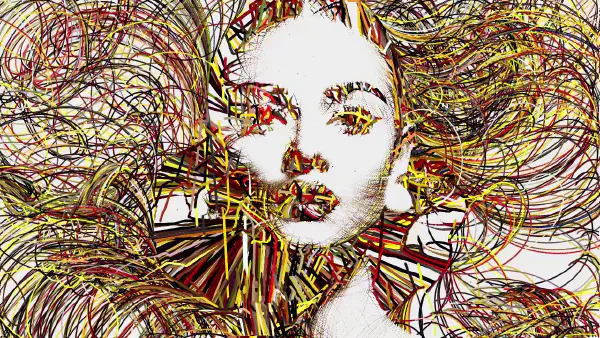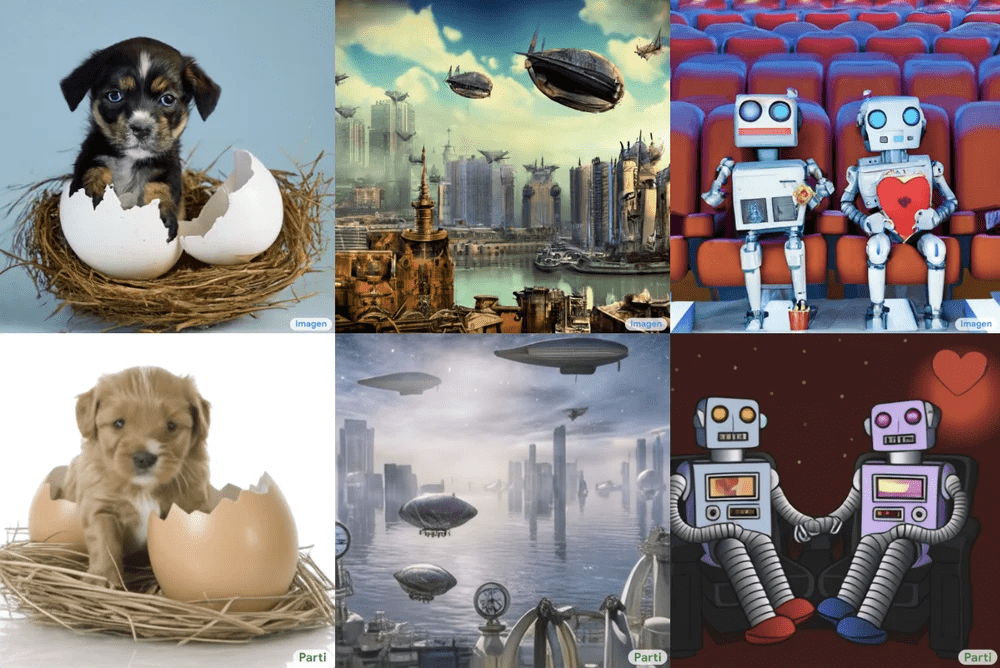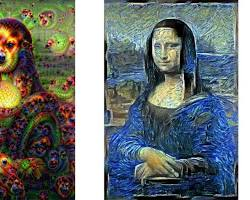
Image processing is a powerful tool that may be used to create stunning art and designs. It lets artists and designers control pictures in ways that had been in no way earlier than viable.
One of the most famous make use of of image processing in artwork and design is to create photorealistic photographs. This is completed by using photo processing algorithms to combine multiple pictures collectively to create an unmarried image that is more sensible than any of the individual snapshots.

Another famous use of photo processing in artwork and design is to create stylized snapshots. This can be carried out through the use of photo processing algorithms to use specific consequences to pics, including changing the colors, textures, or shapes.
Image processing also can be used to create abstract art. This can be carried out by using image processing algorithms to manipulate snapshots in approaches that are not realistic or representational.

Here are some particular examples of the way image processing is being used in art and design today:
🖌️Digital portray: Image processing is used to create digital artwork that looks like they have been painted with conventional media, which includes oil or acrylic paints.
🏞️Photo manipulation: Image processing is getting used to manipulate images to create new and exciting pictures. This may be used for everything from growing surreal landscapes to style retouching.
👓3D art: Image processing is being used to create 3-D art that is sensible and visually beautiful.
🎥Motion photos: Image processing is being used to create movement portraits which can be dynamic and attractive.
🎞️Video modifying: Image processing is being used to edit videos to create new and interesting testimonies.
Image processing stands as a potent tool with the capacity to unleash breathtaking creativity across various artistic mediums. As image processing technology continually evolves, we can anticipate witnessing even more groundbreaking and inventive applications of this technology within the realms of art and design.
Let’s delve into some additional insights regarding the potential influence of image processing on art and design:
Image processing has the potential to birth entirely new art forms that were previously inconceivable through traditional means.
By leveraging image processing, art and design can become more inclusive and approachable for individuals with varying levels of expertise.
Artists and designers can harness the capabilities of image processing to craft experiences that captivate and immerse their audiences like never before.
The advent of image processing may herald a revolutionary transformation in the creation, consumption, and sharing of art and design, reshaping the entire landscape.
In summary, image processing emerges as an exhilarating and transformative technological force with the capacity to reshape the world of art and design as we know it.